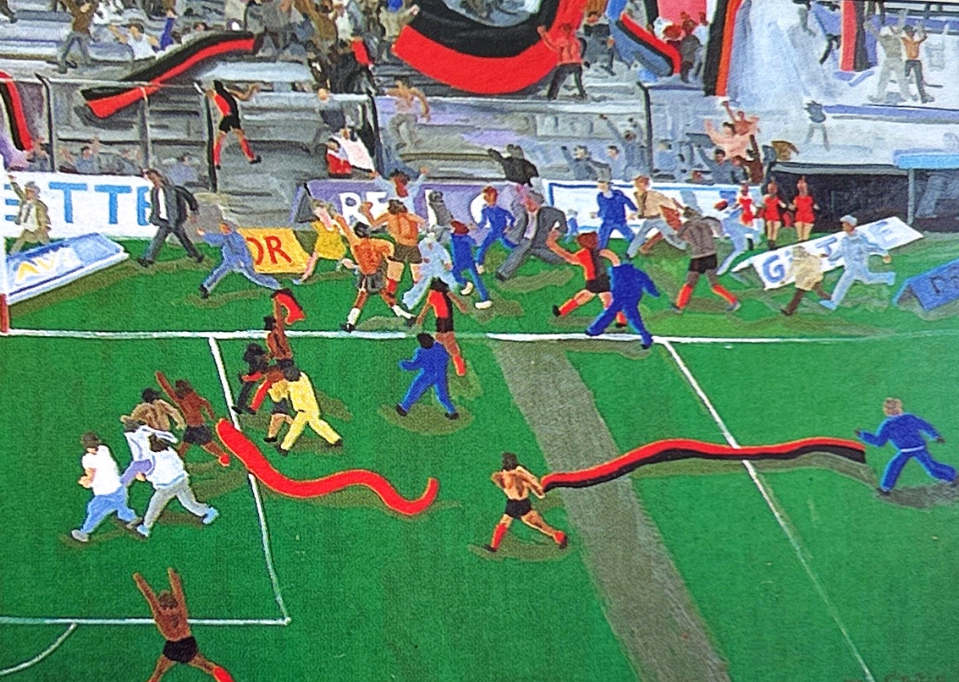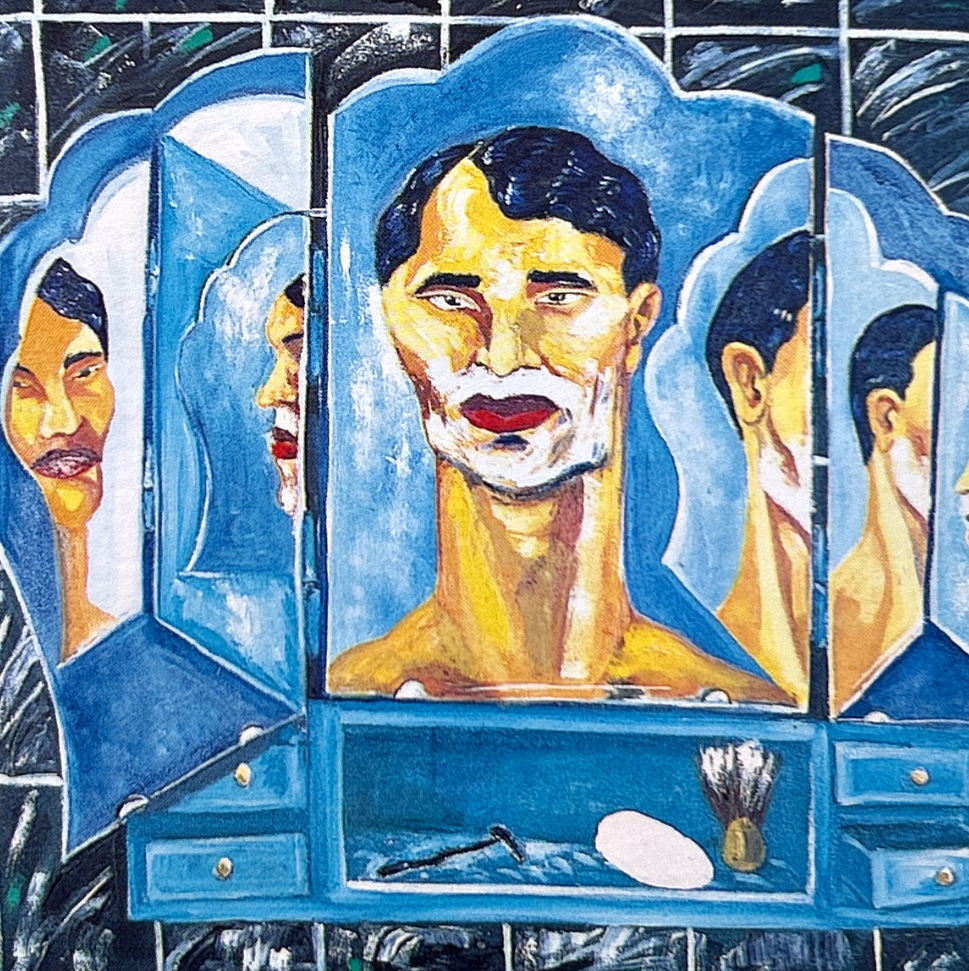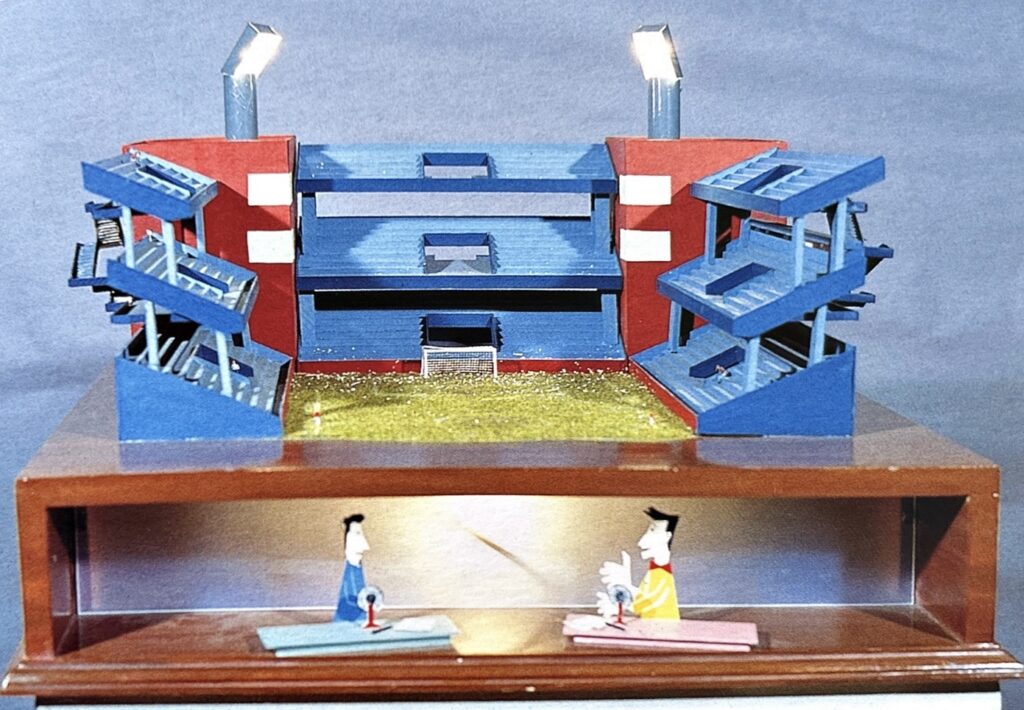Catálogos - Libros
Argentina – Luis Benedit, Marcia Schvartz, Sebastián Gordín, Mariano Sapia
Texto presentación del envío argentino en catálogo “Johannesburg Biennale”, South Africa, 1995.

The works representing Argentina at the Johannesburg Biennale establish a reflection on cultural identity. Different viewpoints are hereby expressed complementing each other within the context of the whole installation. Argentina is a country of immigrants. By the middle of the last century, both the development of agricultural production and the beginning of European immigration, contributed to shape a national political project which outlined the features of a cosmopolitan country. Italian and Spanish communities as well as smaller groups from Poland, Russia, France and Germany coexist and differ in the heart of a heterogeneous society. The composition of the population continued to change due to further immigration from neighbouring countries such as Bolivia, Paraguay and Chile during the 1940`s. This Marcia Schwartz’s ‘morochos’ (dark skinned people) which she portrays with incisive realism in works which allude to the Latin male stereotype. Luis F. Benedit works with the typology of the ‘rancho’ (shack) made of mud, straw and wood which is the basic family dwelling within rural communities. These shacks have been identified as a major site for the transmission of infectious diseases, such as Trypansoma cruzi.

Both Mariano Sapia and Sebastian Gordín are young artists. The process of centralization, from the capital city, in search of better work opportunities, is a contemporary phenomenon. Sapia depicts a view of these suburban areas where the combination of different popular rites reveals the existence of a religious syncretism. Gordín’s objects ironically refer to the effects of consumerism’s mass media and art as a form of entertainment, using elements taken from comics and from children’s toys to point out certain habits such as the passion for sports, especially soccer. All four artists look for hints which can work as possible anchors in the composition of an own culture. A culture made up of layers provided by the subsequent migratory currents, in which discourses interact with one another sketching the features which define the profile of those who live in the southernmost territory of the world.

POR LAURA BATKIS
